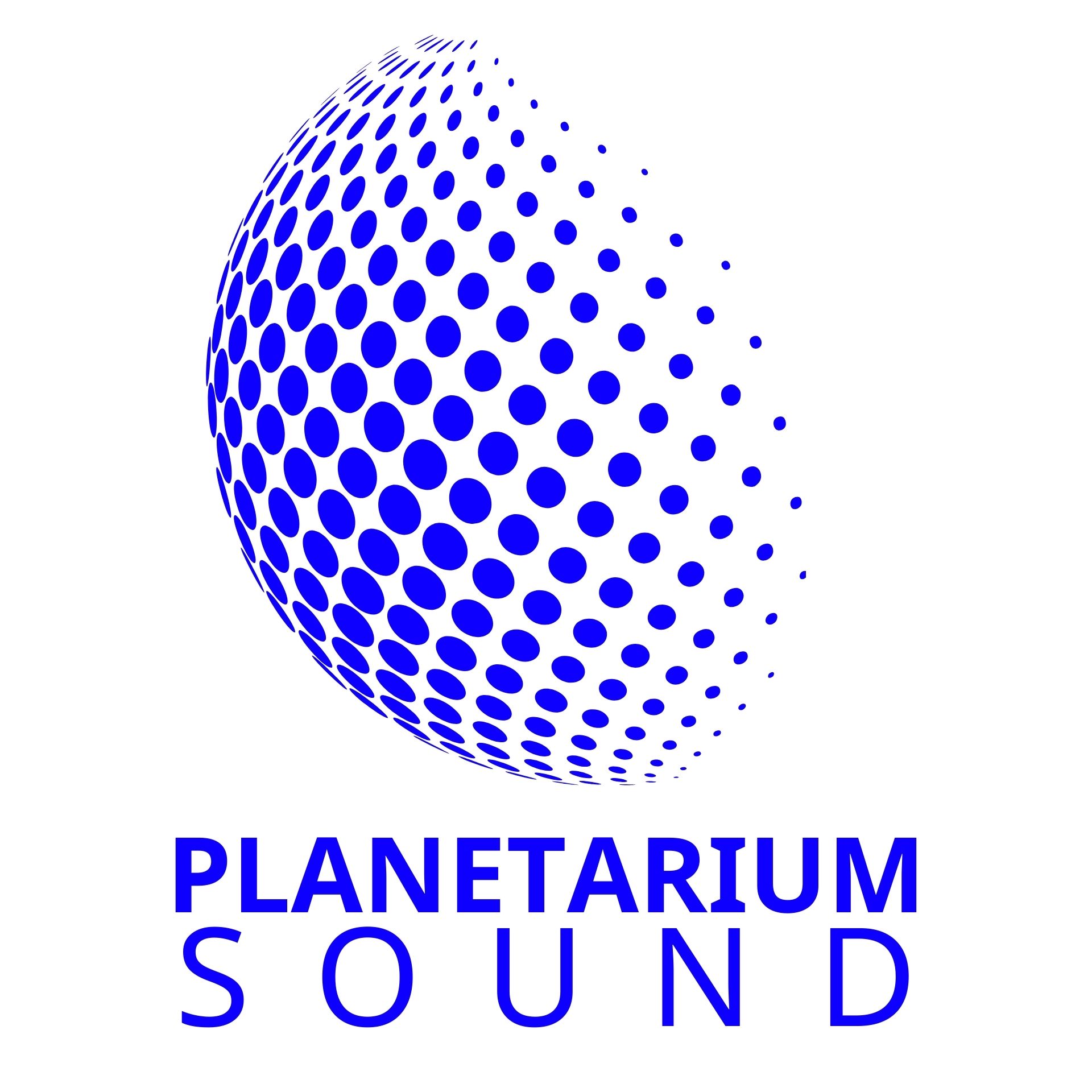How ODZALA overcomes barriers

Planetariums are magical places that bring us closer to the vastness of the universe. But as we gaze up at the stars, an important question arises: does this cosmic experience really reach everyone? True inclusion means that everyone - regardless of their individual abilities - can participate in cultural and scientific life. As educational and cultural institutions, planetariums have a special responsibility to make their content accessible.
The traditional planetarium experience is strongly visual. The impressive starry sky, the fascinating nebulae and galaxies - all of this primarily appeals to the sense of sight. But the universe is more than just a visual experience. It can and should be experienced with all the senses.
Inclusive astronomy for people with visual impairments
For people with visual impairments, visually oriented offers often represent a considerable barrier. However, planetariums can also create meaningful experiences for this target group through innovative approaches. Tactile star charts, audio-descriptive tours and multi-sensory installations are just some of the ways in which astronomical content can be experienced.
The use of the sense of hearing is particularly important here. Sounds can create spaces, convey emotions and explain complex scientific concepts in an intuitive way. A well-designed sound experience can offer blind and visually impaired people equal access to astronomical wonders.
Neurodiversity under the starry sky
Traditional planetarium shows can also be challenging for neurodivergent people. Bright lights, sudden visual effects or overwhelming sensory impressions can be stressful for people with sensory processing difficulties or autism.
Inclusive planetariums take these needs into account with less stimulating presentations, predictable, calmer sequences and alternative mediation formats. Calm, constant soundscapes can offer a calming yet captivating alternative to visually intense presentations.
ODZALA: A sound journey as a model for inclusion
A good example of inclusive planetarium experiences is our ODZALA project. It combines a constant starry sky with an immersive sound journey through the soundscapes of the rainforest. Why is this concept in particular so accessible?
The constancy of the visual impression - the constant starry sky - reduces visual overstimulation, while at the same time bringing the rich acoustic landscape to the fore. The natural sounds of the rainforest tell their own story and create an emotionally engaging experience that is not dependent on sight.
For people with visual impairments, ODZALA offers the rare opportunity to experience astronomy and science in a way that appeals to their strengths - such as differentiated hearing - instead of focusing on visual impressions. At the same time, neurodivergent visitors benefit from the predictable visual environment while being able to immerse themselves in the acoustic diversity.
Christine Malec, an experienced counselor from the blind community in Toronto, aptly describes why such sound-based installations are so valuable:
"As a blind person, I choose very consciously which forms of public art I consume. Without specific adaptations, many of these art forms are not accessible to me. Installations based almost entirely on sound are rare opportunities for blind and visually impaired people to experience art unfiltered and in the same moment and space as other people. As a consultant who works with art institutions to make their content accessible to a wider audience, I also know that sound-based art in particular can also be very appealing to neurodivergent people or people with sensory processing difficulties." - Christine Malec, accessibility consultant
Christine Malec(linkedin) is a member of Toronto’s Blind community who works to help arts and science organizations make their content more accessible to people who are Blind or Low Vision. She offers music and education groups for blind adults through the CNIB Foundation, hosts a bi-weekly segment on Accessible Media Incorporated’s Kelly and Company, is co-host of the Talk Description to Me and Radio Lumi podcasts, and works with Audio Describers as a consultant for live productions and science-based image descriptions.
The future of inclusive planetariums
ODZALA is an example of how planetariums can become truly inclusive spaces. The combination of a constant starry sky and immersive soundscape creates an experience that appeals to different senses and meets different needs.
Odzala also deliberately dispenses with didactic content; there is no narrator and therefore no language barrier. The sensory experience of the stars and the fascinating soundscape of nature are in the foreground.
For the future of planetariums, inclusion not only means removing physical barriers, but also a fundamental rethink in the way they are presented. Multi-sensory approaches that go beyond the purely visual enrich the experience for all visitors - with and without disabilities.
If we really want to open up the cosmos to everyone, we need to recognize that there are many ways to experience the stars and maintain interest in science and astronomy. Projects like ODZALA point the way to a more inclusive understanding of astronomy and science education - an understanding that leaves no one behind and values the diversity of human experience.
